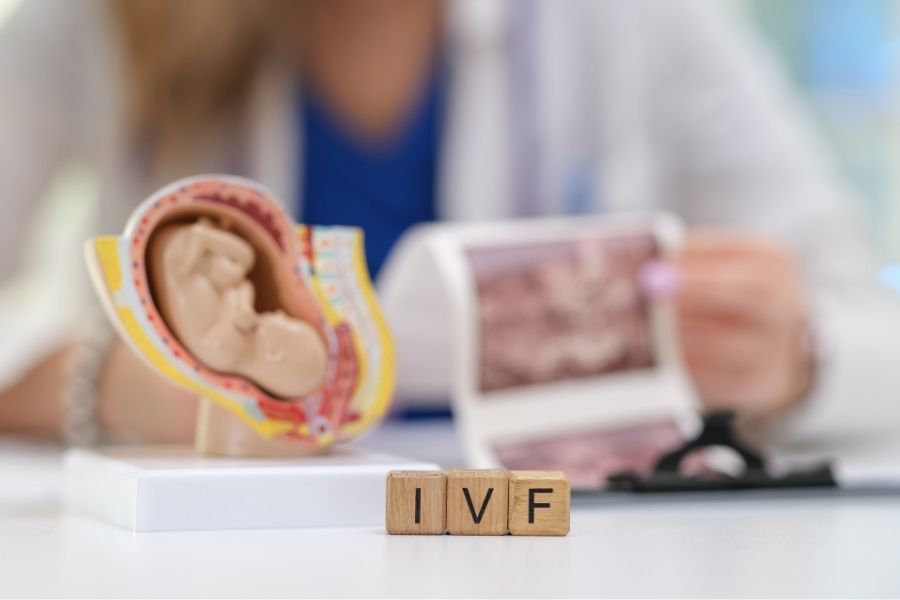In a country where nearly 28 million couples face fertility issues, in vitro fertilisation (IVF) offers a pathway to parenthood. Yet, misinformation often keeps people from seeking timely treatment. There’s still hesitation in seeking fertility help because of what people think IVF is. Many of these beliefs are outdated or simply untrue. This World IVF Day, fertility specialists bust six myths about this medical breakthrough.
Myth: IVF is only for older women
One of the most common misconceptions is that IVF is meant only for women over 35. Specialists say that while age is a factor in fertility, it’s not the only one. “Women in their 20s or early 30s may also need IVF, especially if they have conditions like PCOS, endometriosis, or blocked fallopian tubes. It’s not about age, it’s about the diagnosis,” said Aaheli Maiti, fertility specialist, Birla Fertility & IVF, Kolkata.
Myth: IVF babies are not healthy or normal

Advances in medical technology can even reduce the risk of inherited conditions and early miscarriages Shutterstock
This idea, according to Maiti, is not only incorrect but also harmful. “IVF is simply the process by which fertilisation happens in a lab, after which the embryo is transferred to the uterus. Once the pregnancy begins, it proceeds like any natural pregnancy,” she explains. Advances like Preimplantation Genetic Testing (PGT) can even reduce the risk of inherited conditions and early miscarriages. “IVF babies are just as normal, just as loved, and just as real,” she added.
Myth: Seeing a fertility doctor means you’ll be pushed into IVF
Fertility consultations are often misunderstood. “People think walking into a fertility clinic means you’ll come out with an IVF plan. That’s not how it works,” said Maiti. She explained that treatment depends entirely on test results. Many couples conceive with simpler interventions like medication, ovulation tracking, or timed intercourse. IVF is one of several options, chosen only when appropriate.
Myth: IVF results in twins or triplets

Thanks to improved lab techniques and monitoring, IVF pregnancies more often result in single births, just like natural conceptions Shutterstock
Multiple births have long been associated with IVF, but that’s changing. “Today, we mostly transfer a single embryo, especially when it’s a healthy blastocyst,” Maiti explained. Thanks to improved lab techniques and monitoring, IVF pregnancies more often result in single births, just like natural conceptions.
Myth: Infertility is always a woman’s issue

Almost half of infertility cases have a male factor, and yet male partners often delay getting tested because of societal stigma, say doctors Shutterstock
Fertility challenges are not limited to women, though many still think so. “Almost half of infertility cases have a male factor, and yet male partners often delay getting tested because of societal stigma. Male fertility tests are actually easier and less invasive. When both partners are evaluated together, we can make better treatment plans,” Maiti pointed out.
Myth: IVF is the last resort
Sayali Chavan Shitole, IVF consultant at DPU IVF and Endoscopy Centre in Pune, added that another myth she hears often is that IVF is the last resort. “It’s not. IVF can be a first-line treatment in many cases, like blocked fallopian tubes, severe male infertility, or where age is a concern. It’s a structured, safe option,” she said.

